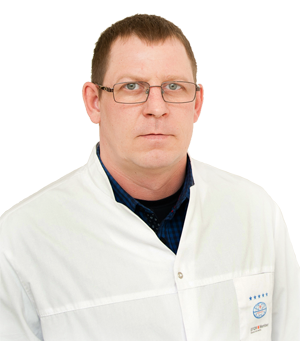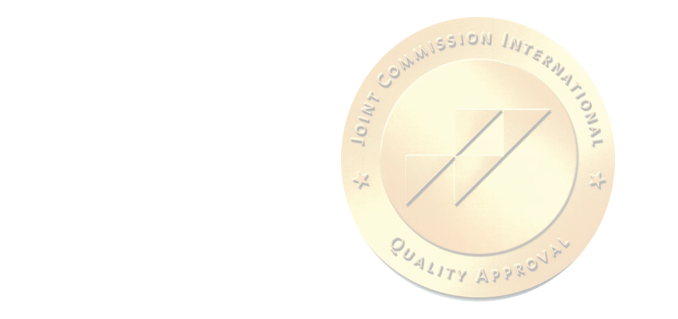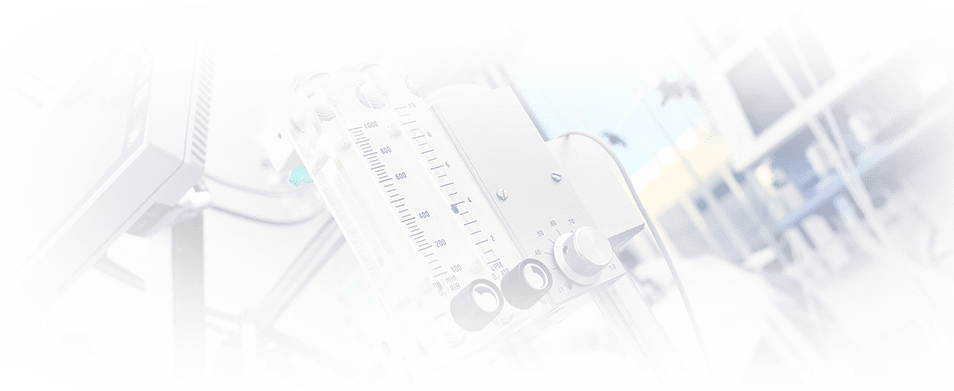Polyarthritis in adults

Inpatient department of one day 3rd KO, Traumatologist-orthopedist, Traumatologist-orthopedist (UVECT)
Malykhin Sergey
Experience 10 year
First qualification category
Polyarthritis refers to multiple joint inflammation. It can develop simultaneously in different parts of the body. The disease disrupts the work of cartilage, tendons and ligaments, and also provokes intolerable pain and inflammation in the muscles.
The disease can be chronic or acute. In the acute variant, the disease progresses rapidly and is characterized by vivid symptoms. In the second case, the picture is more blurred, but the patient is at great risk of being disabled. How not to miss the first symptoms of this disease and what to do if they are detected?
Symptoms of polyarthritis
Signs of polyarthritis of the joints manifests itself through:
- pinching, internal stiffness;
- multiple swelling (in the area of three or more joints);
- thickening of the limbs;
- the appearance of pain when trying to squeeze or squeeze the affected area of the body;
- shortness of breath, development of bronchitis, difficulty swallowing food (with affected laryngeal joints);
- hyperthermia;
- malaise;
- redness;
- swelling;
- small dislocations of the cervical vertebrae, pinching blood vessels, nerve roots, spinal cord.
The symptoms of polyarthritis are typical not only for adults, but also for children. In this case, the child begins to suffer not only the joints, but also the still poorly formed internal organs.
Causes of the disease
Among the causes of polyarthritis are:
- genetic predisposition;
- hepatitis;
- syphilis;
- gonorrhea;
- autoimmune diseases;
- violation of metabolic processes.
All this provokes tissue dystrophy, further metabolic disorders and destruction of bone tissue.
Risk factors
A common cause of polyarthritis in the hands or other parts of the body is a genetic factor. That is, the disease is inherited. At some point, the immune system begins to attack the cartilage, destroying it and the surrounding tissue. The result is inflammation and further irreversible processes.
It should be clarified that even with a genetic predisposition, not all people become victims of such an unpleasant disease. For its "launch" to take place, a combination of certain circumstances is required. They can be:
- trauma;
- lack of vital vitamins;
- obesity;
- endocrine system diseases;
- stress;
- exposure to toxins and allergens;
- respiratory tract infections.
Classification
There are several types of polyarthritis:
- rheumatoid;
- infectious;
- crystal;
- psoriatic;
- reactive;
- destructive.
Rheumatic arthritis occurs among other types of disease most often. It is extremely dangerous and can lead to disability. Women are more susceptible to it. The disease occurs against the background of a strong weakening of the immune system. It attacks hands, feet, destroys blood vessels, heart, kidneys. The synovial cavity with the accumulation of fluid becomes more and more. The patient feels pain, fever and stiffness.
Infectious polyarthritis occurs against the background of a pathogenic microorganism that enters the joints through the blood. With this disease, pus is often formed. If measures are not taken in time, the patient will completely lose the mobility of the affected joints.
Psoriatic polyarthritis appears against the background of the root cause - psoriasis - not earlier than six months later. Most often, this type of disease affects the feet of patients over the age of 45. The peak of pain occurs in the morning. All movements become stiff, especially after prolonged sleep or rest.
Polyarthritis of the shoulder joint, fingers, hands is also common. It can be provoked by severe hypothermia, household or industrial injuries, as well as tight uncomfortable shoes or clothes. The bones on the legs and arms literally begin to stick out, acquiring an unnatural appearance.
When should I see a doctor?
If you begin to worry about joint pain, swelling, redness, stiffness in movement, or deformity of fingers or toes, see your doctor right away. The sooner you do this, the better your chances of defeating the disease forever.
Diagnostics
To make sure that the patient really has arthritis of the joints, and not a disease similar in symptoms, the doctor prescribes a differential diagnosis. During it, those diseases that can be confused with polyarthritis are gradually eliminated.
Diagnostics consists in a medical examination, as well as in:
- x-ray;
- MRI or CT;
- general blood test;
- general urine analysis;
- histological examination of articular tissue samples;
- arthrography.
Based on the data obtained, the treatment of polyarthritis is prescribed.
Treatment
How is polyarthritis treated? First you need to understand and eliminate the disease that provoked the disease. It can be psoriasis, a viral infection, or gout, for example. Treatment of polyarthritis of the joints also necessarily includes anti-inflammatory therapy, against which severe pain should disappear. In addition, the patient needs to strengthen his immunity and the body's resistance to infections and viruses.
Physiotherapy has a good effect on the affected foci:
- acupuncture;
- acupressure;
- manual sessions;
- pharmacopuncture.
Home treatments
In the treatment of polyarthritis, a diet is prescribed. Each extra kilogram of weight increases the load on the joints, from which the disease is actively progressing. To eliminate the disease, you must:
- take medications;
- perform medical gymnastics;
- take massage courses;
- use traditional medicine recipes.
Non-steroidal anti-inflammatory tablets are used as medicines. They relieve fever, pain, swelling and redness. Anti-inflammatories can also be injected and applied in the form of ointments.
In the event of the spread of infection, the formation of pus, an additional course of antibiotics is added. They can be injected intravenously intramuscularly or directly into the joint cavity.
In the treatment, chondroprotectors, immunomodulators, preparations with calcium D3 are used.
Preventive measures
To prevent the appearance of polyarthritis, or at least minimize this risk, you must:
- visit the pool;
- To do yoga;
- monitor your weight;
- limit weight lifting;
- wear comfortable shoes and clothes;
- timely treat infectious diseases;
- give up smoking and alcohol;
- temper your body.
How to make an appointment with a doctor?
To get qualified specialist help, you can make an appointment with a rheumatologist or surgeon of JSC "Medicine" (clinic of academician Roitberg). The clinic is located in the center of Moscow, not far from the Mayakovskaya metro station. Clinic address: 2nd Tverskoy-Yamskaya lane, 10.
You can apply for a visit to the doctor by calling the round-the-clock phone +7 (495) 995-00-33 or on the website using the online form.




